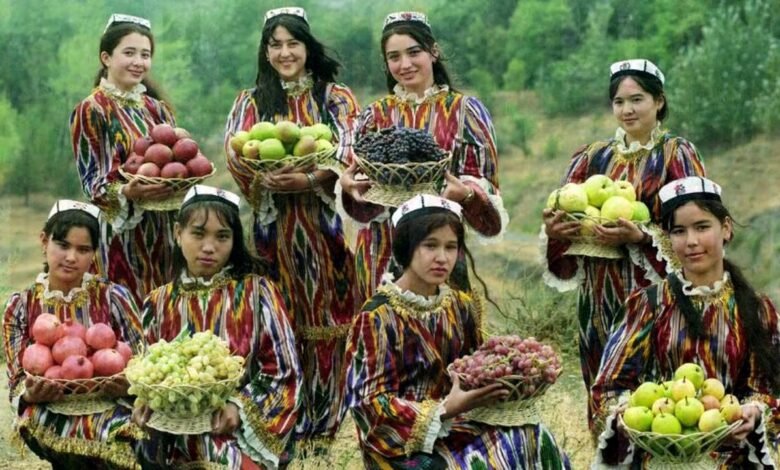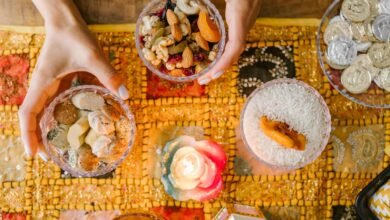
Uzbekistan, a gem along the Silk Road, boasts a rich cultural heritage that spans centuries. From awe-inspiring architecture to vibrant traditions and unique local crafts, the country offers travelers countless ways to immerse themselves in its history and culture. This guide highlights essential cultural experiences for embracing Uzbekistan’s heritage.
1. Exploring the Ancient Cities of the Silk Road
Uzbekistan’s Silk Road cities are a window into the country’s past, offering a glimpse of ancient trade, religious influence, and architectural marvels.
- Samarkand: Known for Registan Square, this ancient city is home to spectacular Islamic architecture, including the Shah-i-Zinda necropolis and the grand Bibi-Khanym Mosque.
- Bukhara: Wander through the narrow lanes of Bukhara, where you’ll find the Ark Fortress, Kalon Minaret, and Lyabi-Hauz, a historic pond surrounded by madrasahs.
- Khiva: The old town, Itchan Kala, is a UNESCO World Heritage site filled with impressive minarets, palaces, and mosques, evoking the feel of a living museum.
- Tip: Hiring a knowledgeable guide in these cities will enhance your understanding of their history and cultural significance.
2. Participating in Traditional Uzbek Festivals
Uzbekistan’s festivals bring local traditions to life through music, dance, food, and costumes. Timing your visit around these events provides a deeper connection to Uzbek culture.
- Navruz (Spring Festival): Celebrated in March, Navruz marks the Persian New Year with street festivities, special meals, and vibrant music and dance performances.
- Silk and Spice Festival in Bukhara: Held in May, this festival celebrates Bukhara’s Silk Road heritage with craft displays, silk weaving, and traditional performances.
- Tip: Check local event calendars for festival dates to experience the best of Uzbek culture.
3. Savoring Uzbek Cuisine
Food is an integral part of Uzbek culture, and trying local dishes is essential to understanding the country’s heritage. From hearty meals to refreshing teas, each dish offers unique flavors.
- Plov: A national dish made with rice, meat, carrots, and spices, plov is a must-try. Tashkent and Samarkand each have their own version of this dish.
- Samsa and Manti: These stuffed pastries, filled with meat or pumpkin, are popular snacks found in local markets and street vendors.
- Traditional Tea Houses (Chaikhanas): Tea houses serve green tea alongside sweet treats and offer a serene space to enjoy Uzbek hospitality.
- Tip: Don’t miss visiting a chaikhana for a relaxed cultural experience. Try pairing green tea with Uzbek sweets like halva.
4. Discovering Local Crafts and Souvenirs
Uzbekistan’s artisans are known for their high-quality craftsmanship, from pottery to textile work. Each region has its own artistic specialty, reflecting centuries of cultural heritage.
- Handmade Silk and Ikat: Margilan, known for its silk industry, produces exquisite ikat textiles dyed and woven by hand.
- Ceramics in Rishtan: The village of Rishtan is famous for its blue and turquoise ceramics. Visit local workshops to see artisans at work and buy unique pieces.
- Suzani Embroidery: This intricate embroidery, often seen on wall hangings and bedspreads, showcases traditional patterns and vibrant colors.
- Tip: Buying directly from artisans supports local craft traditions and provides an authentic souvenir.
5. Experiencing Uzbek Music and Dance
Traditional music and dance in Uzbekistan play an essential role in celebrations and gatherings, showcasing the country’s diverse cultural influences.
- Shashmaqam Music: This classical music genre blends Persian and Central Asian musical traditions and is performed with instruments like the dutar and tanbur.
- Traditional Dances: Regional dances such as the Bukhara dance are distinguished by graceful hand movements and colorful costumes.
- Concerts and Performances: You can catch live performances at theaters and cultural festivals, where traditional music and dance are celebrated.
- Tip: Look for cultural centers or special events in Tashkent and Samarkand for an evening of music and dance.
6. Visiting Sacred Sites and Mosques
Uzbekistan’s rich religious history is evident in its mosques, madrasahs, and sacred sites that have stood for centuries.
- Bahauddin Naqshband Mausoleum: This revered Sufi complex near Bukhara is a pilgrimage site where visitors can observe traditional rituals.
- Hazrat Imam Complex in Tashkent: Known for housing one of the oldest Qurans, this complex is a must-see for those interested in Islamic heritage.
- Chor-Minor in Bukhara: This unique, four-towered mosque is a lesser-known but fascinating site to visit.
- Tip: Remember to dress modestly when visiting sacred sites and be respectful of prayer times.
Conclusion
From its ancient Silk Road cities to its vibrant festivals, cuisine, and artistry, Uzbekistan offers an array of cultural experiences that immerse travelers in its rich heritage. Exploring these unique aspects allows visitors to connect deeply with the country’s traditions and people. Whether through music, food, or architecture, each experience adds a layer of meaning to your journey in this extraordinary destination.



